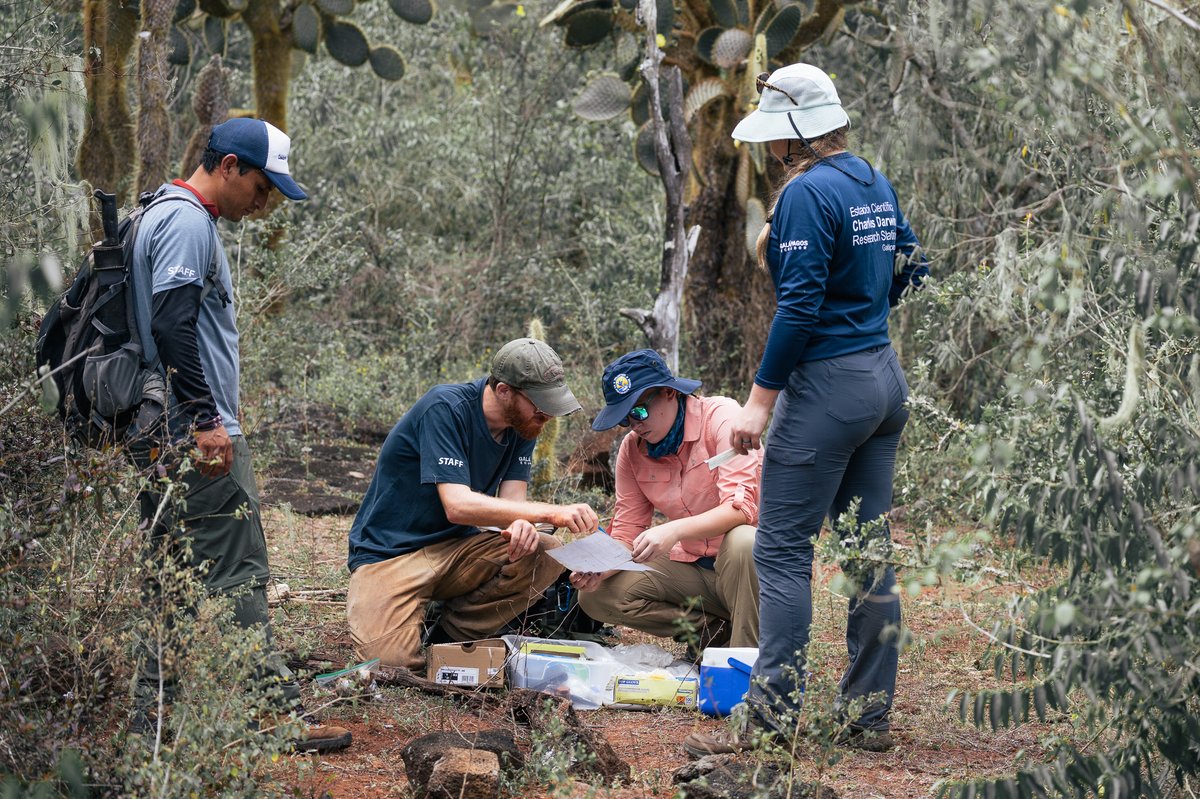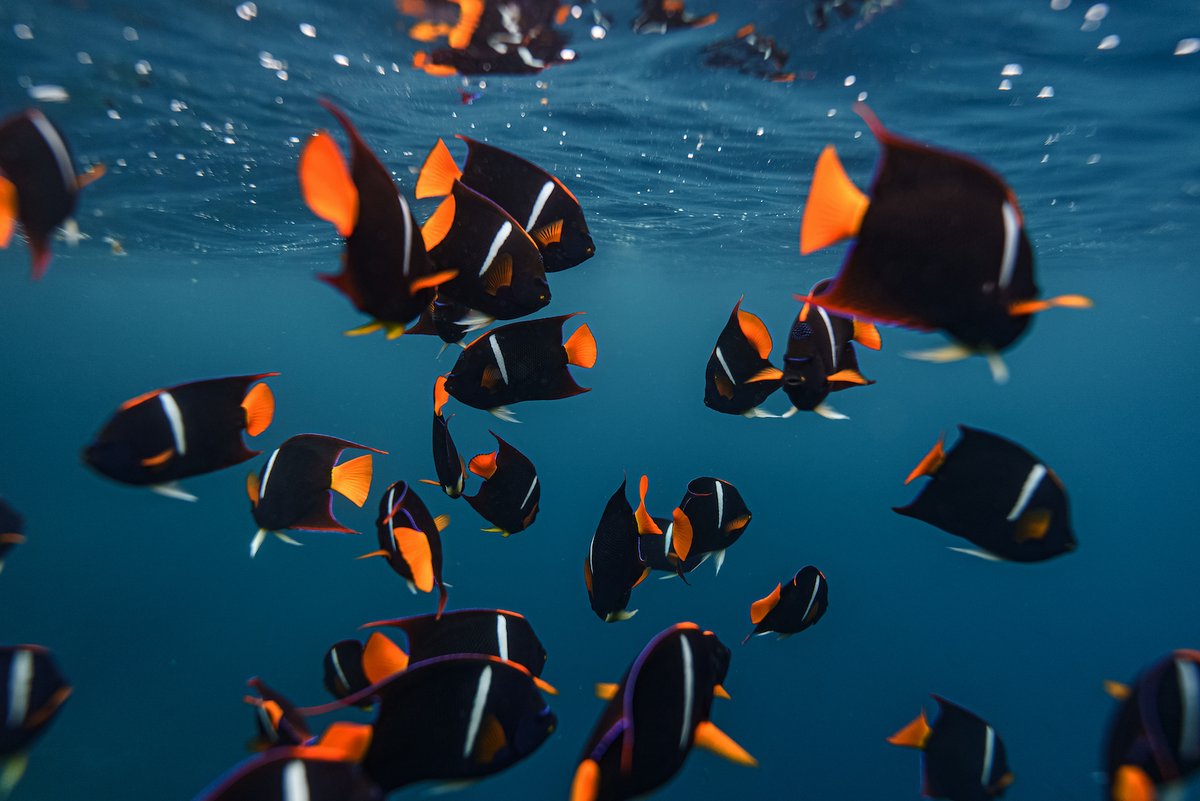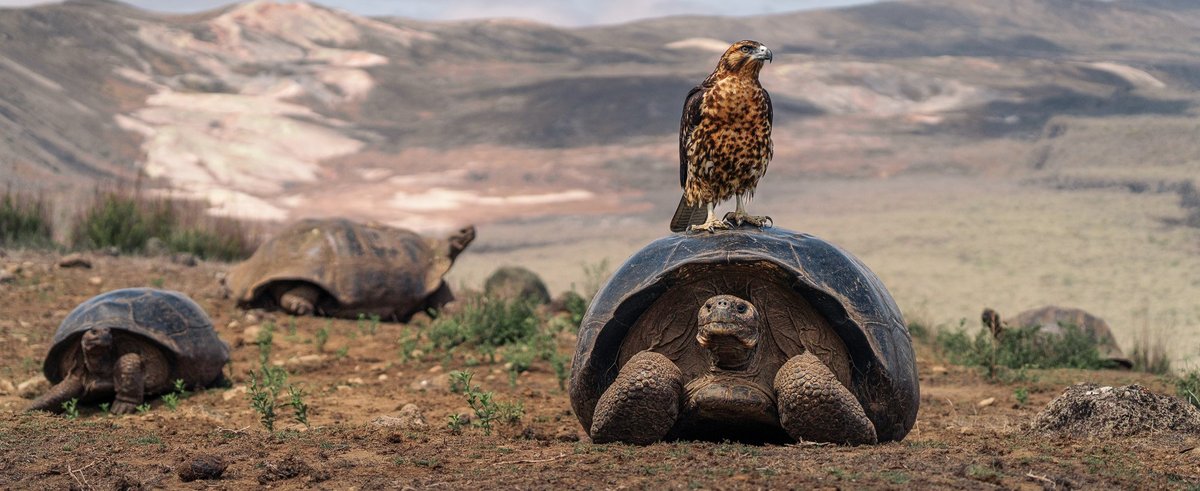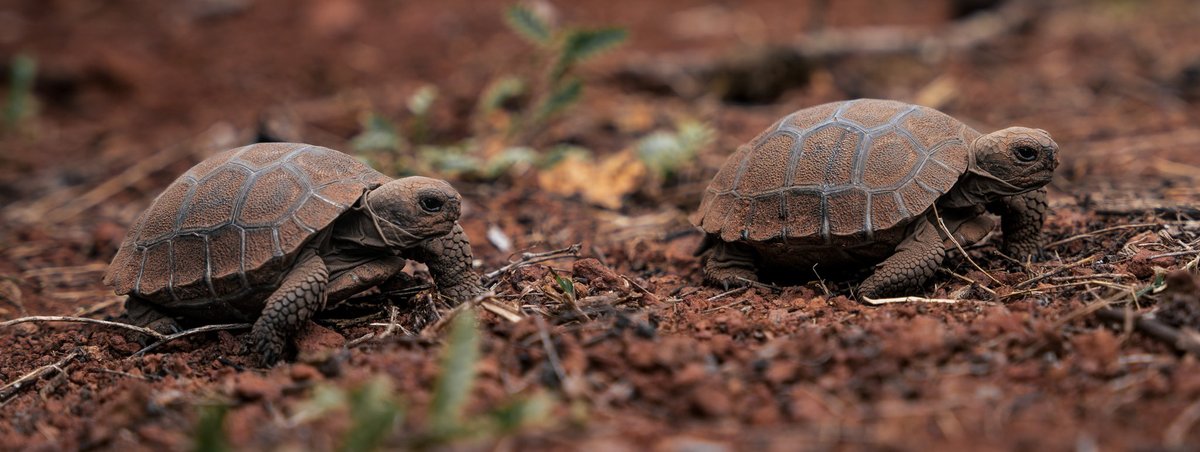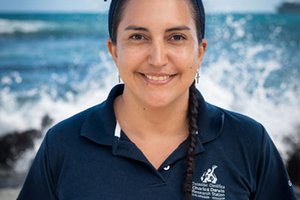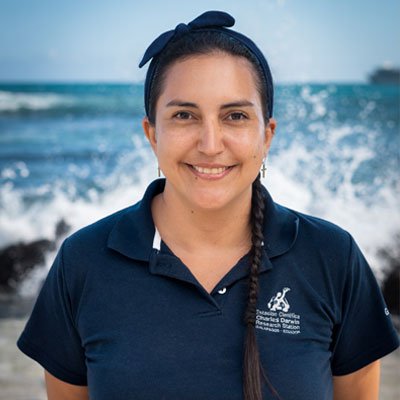Women in Science: Their Contribution to the Conservation of Galapagos
On February 11, we celebrate the International Day of Women and Girls in Science, a day to recognize the importance of strengthening female participation in science, especially in places like the Galapagos Islands. This archipelago, iconic for global conservation, has become a living laboratory where women and men work together to protect this unique ecosystem. The women of Galapagos, with their talent and dedication, demonstrate that conservation is stronger when everyone joins forces.
At the Charles Darwin Foundation (CDF), women represent 55% of the researchers involved in key scientific projects. Research teams, led by both men and women, are at the forefront of generating the knowledge needed for informed decision-making regarding the conservation of the archipelago. Women at CDF come from diverse professional backgrounds—from biologists to programmers—and have created, discovered, and invented crucial solutions for the protection of Galapagos.
Today, we celebrate their achievements, perseverance, and impact on science and conservation.
Science in Galapagos: A Pillar of Conservation
Galapagos not only inspired Darwin’s theory of evolution but is also a global epicenter for conservation. Women have played a fundamental role in generating knowledge about the archipelago, particularly in long-term projects addressing challenges such as climate change, invasive species, and human impact.
Since the foundation of CDF in 1964, female scientists have been essential in understanding Galapagos. Here are some of the CDF scientists making a significant difference:
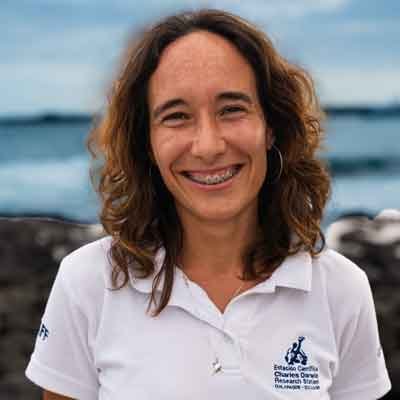
Ana Victoria Moya – Guardian of Sharks: Ana is a local researcher passionate about marine conservation. She began her career in Marine Biology at the International University of Ecuador and continued with a master’s degree in Marine and Lacustrine Sciences in Belgium. Since 2015, she has been dedicated to shark conservation in the Galapagos Marine Reserve. “Protecting ecosystems has been my greatest motivation, and being part of the shark project is a privilege that drives me to keep working and learning for the cause,” says Ana Victoria.
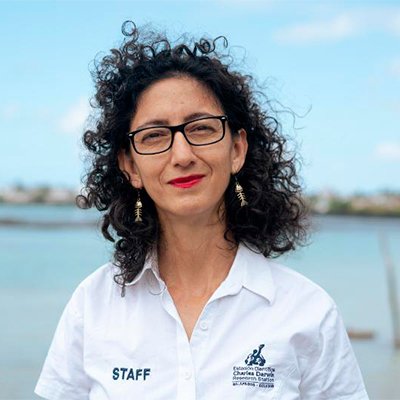
María José Barragán P. – Leader in Research and Sustainability for Galapagos: María José has promoted a research agenda that integrates science with human dimensions. Throughout her career, she has worked on topics such as small-scale fisheries sustainability and marine food security. “The questions and challenges of the 21st century require a diverse and integrative vision. The role of both men and women in addressing these questions can illustrate alternatives and opportunities that would otherwise be incomplete,” comments María José Barragán.
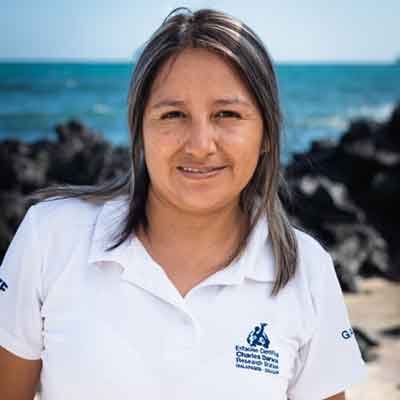
Magally Infante – Commitment to the Conservation of Galapagos: Magally, a resident of Galapagos, joined CDF in 2018 as a volunteer and now works as a research assistant in controlling the invasive fly Philornis downsi. “My commitment to the conservation of Galapagos stems from my deep connection with these islands. As a female scientist, my mission is to protect and preserve the archipelago’s unique biodiversity,” states Magally.
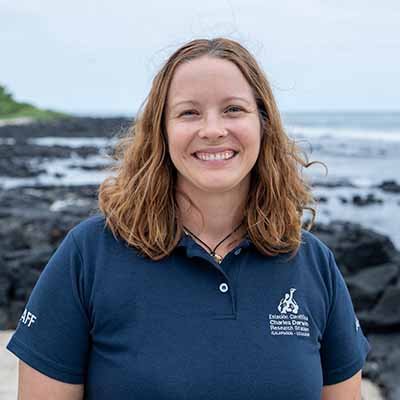
Courtney Pike – Conserving Galapagos’ Iconic Giant Tortoises: With over a decade of experience, Courtney Pike has dedicated her career to studying bird and reptile health, currently leading the Galapagos Giant Tortoise Conservation Program. “The International Day of Women and Girls in Science reminds us that women contribute to many scientific fields, including conservation. Moreover, they serve as role models, inspiring younger generations to pursue scientific careers,” mentions Courtney.
Inspiring Future Female Scientists
Despite progress, women in science still face barriers such as unequal opportunities and cultural obstacles limiting their access to science education. CDF is committed to changing this reality through educational programs, scholarships, and mentorships to inspire more girls and young women to pursue scientific careers.
Today, 49% of CDF’s staff is composed of women, reflecting the institution’s commitment to gender equity. María Cristina Guerra, CDF’s Director of Human Resources, highlights that women in all areas of the Foundation are fundamental to the organization’s success:
“CDF is proud to have a high percentage of women on its team, both in research and in administrative and support areas, who, through their daily and dedicated contributions, drive the achievement of strategic results. Their work not only advances science and conservation but also inspires new generations of women to get involved and leave their mark on this great purpose of conserving Galapagos for future generations.”
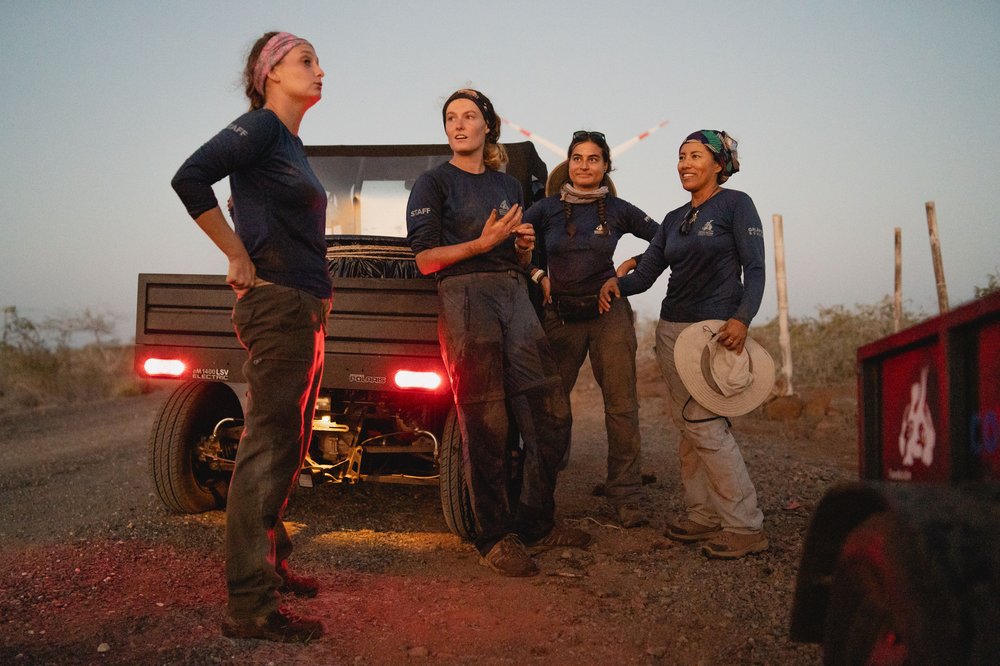
Science as a Bridge to the Future
The work of CDF’s female scientists not only helps protect the archipelago but also reminds us that shared knowledge has transformative power. On this International Day of Women and Girls in Science, we celebrate all the women who have challenged norms, explored the unknown, and paved the way for future generations. With more women in science, the future of Galapagos and the planet will be fairer, more equitable, and more inclusive.
Happy International Day to all the female scientists who, with every discovery and their infinite passion for knowledge, make a difference and change the world!
Get Involved!
At the Charles Darwin Foundation, we are committed to fostering scientific research and conservation in the Galapagos Islands. You can support our mission by learning more about our programs or get involved in our initiatives.
